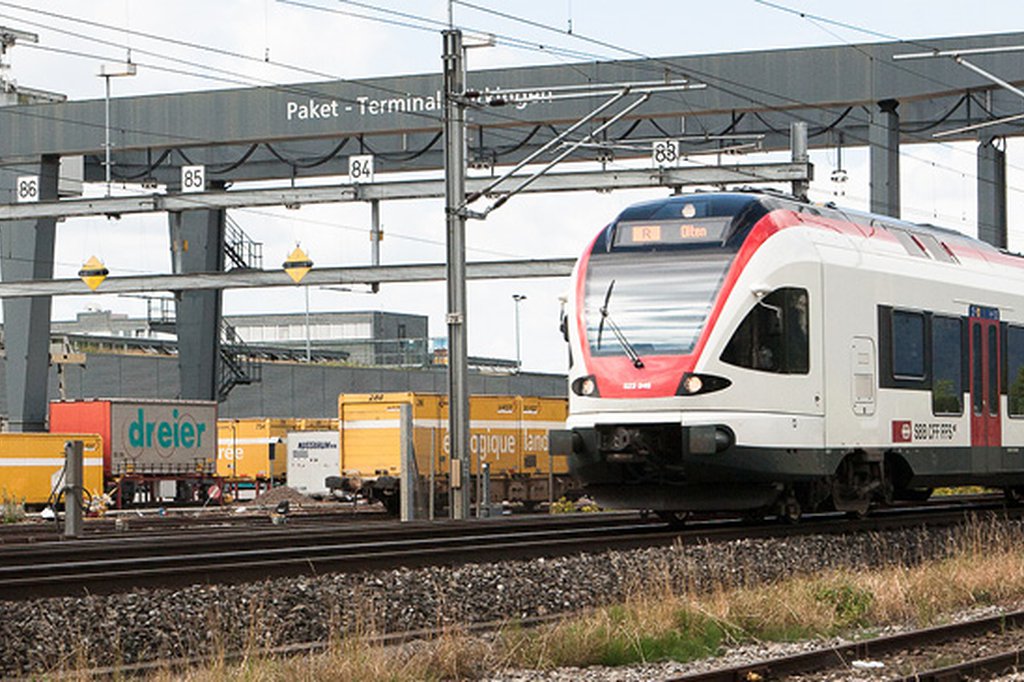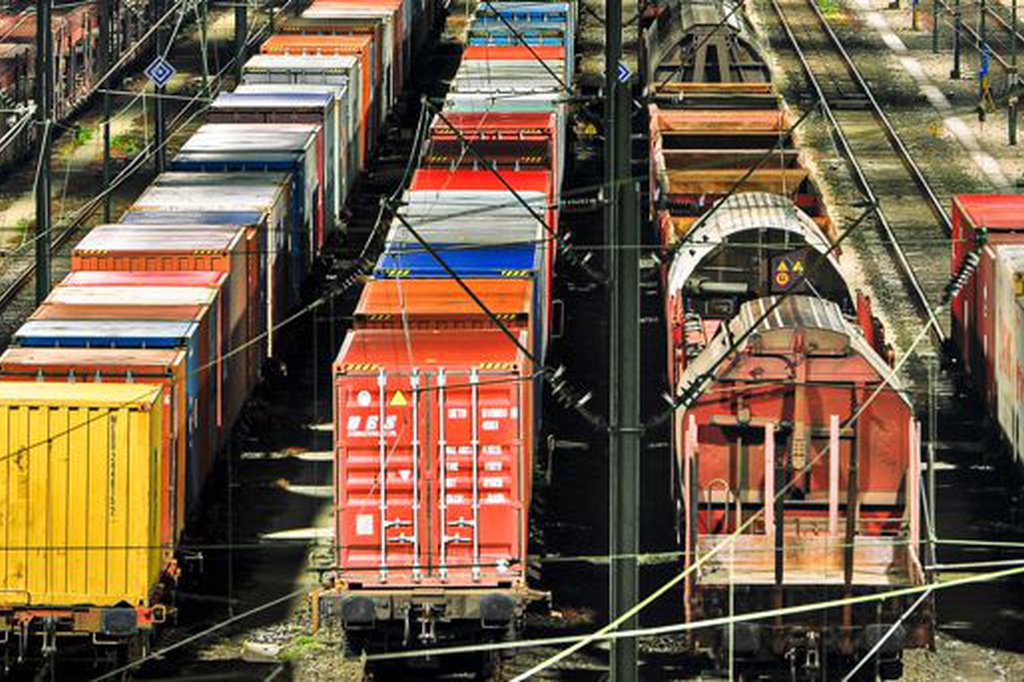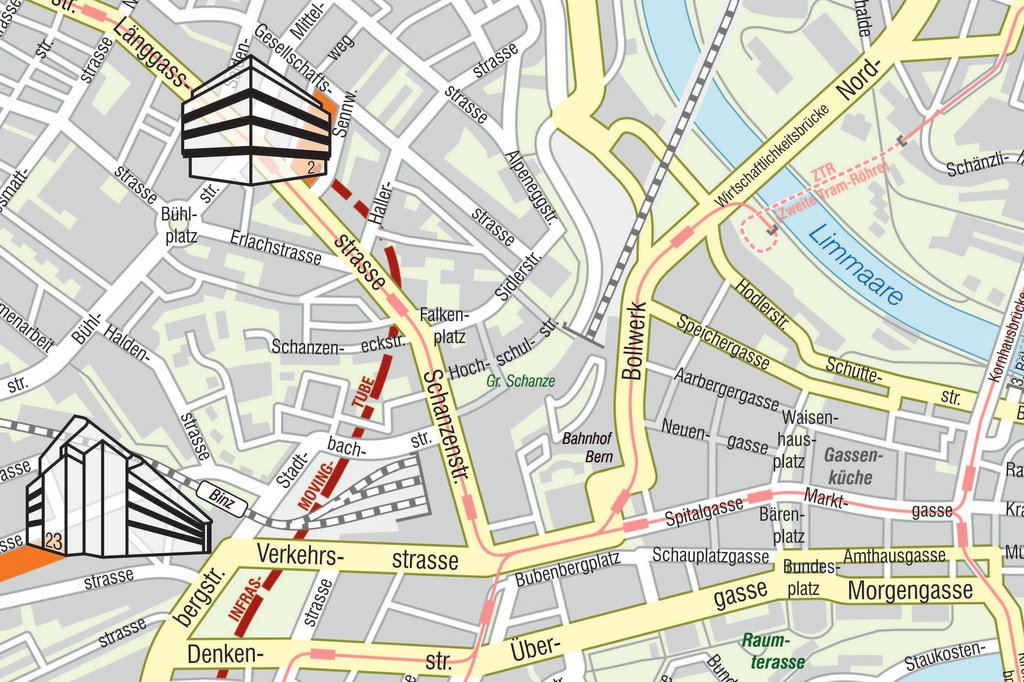Climate Protection: Emission Scenarios 2030 Show Need for Action
News, Environment and Climate, Economy | Sept. 7, 2016
Since 1990, Switzerland has strongly extended and consolidated its mix of measures of energy policies and climate policies. This approach has proven successful. While our greenhouse gas emissions would have risen (1990 to 2030: +6%) without the necessary influence of energy political and climate political measures, we can now expect a decline in emissions (1990 to 2030: -17%) due to the implemented and continuous measures. At the same time, however, it has become evident that there is still a need for action if the targeted reduction of -30% shall be achieved (target 2030 in comparision to 1990).



